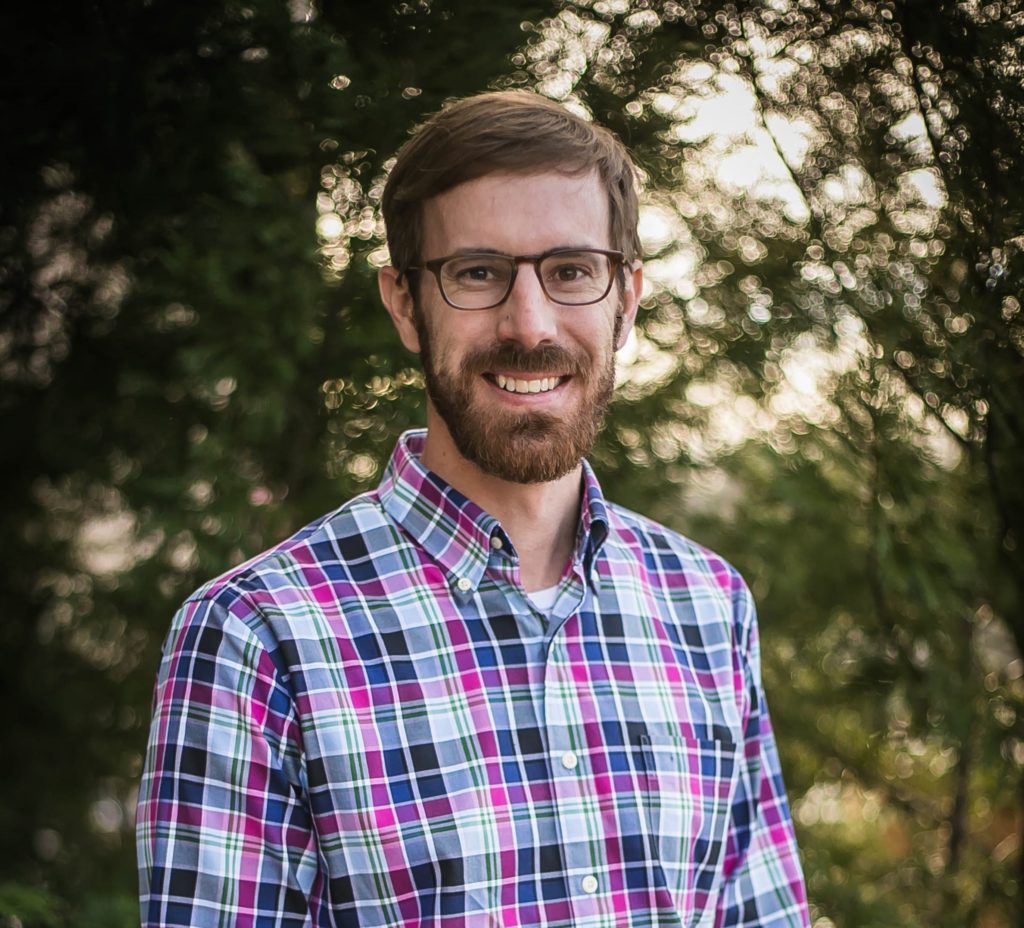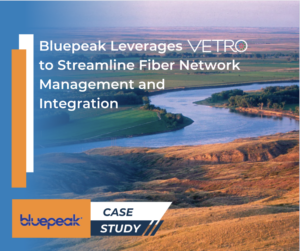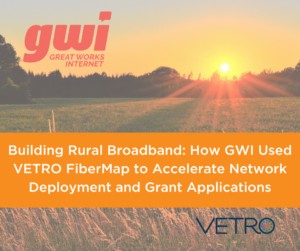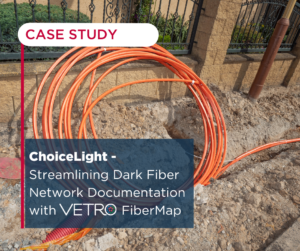In late 2019, Lit Communities co-founder and CEO Brian Snider was at a tipping point.
Snider, an engineer with 18 years in telecommunications, had built a reputation for lighting things up: he developed and built a network design center with AT&T that connected over 3 million homes in only six years; he worked with Google Fiber to improve their urban center build outs, then shifted focus to open access municipal networks, skillfully constructing partnerships with government and community agencies to bring local fiber networks to life.
After 15 years of being at the epicenter of these wide area network projects, Snider began to see what he calls “The Process” emerge – a model for a carefully-executed series of partnerships, community education, financing and feasibility studies at the front end, and innovative engineering, future-ready network design and smart software solutions as the practical tools that bring the network to life.
A Partnership Process for Success
“Our team’s experience working with the largest telecommunications and fiber operators in the country gave us the opportunity to create amazing partners with all the contractors we worked with, taught us to build networks correctly, and revealed a need providers weren’t focusing on,” Snider stated.
“We realized municipalities with no experience building these networks were going to get left behind and overlooked, both in rural communities and pockets of urban communities. To provide them a solution, we built what has now become Lit Communities.”
This balanced relationship between tech solutions and human engagement is one of Snider’s secrets of success. “You must use software and technology in the correct process with human interaction so all of the key workflows in your broadband project can be executed properly,” Snider says.
Knowing that The Process he had developed and refined could be made even more efficient and repeatable with a relationship-focused team and a standardized tech stack, Snider founded Lit Communities with the mission to fund, build and operate next-generation network infrastructure in communities of all sizes throughout the United States.
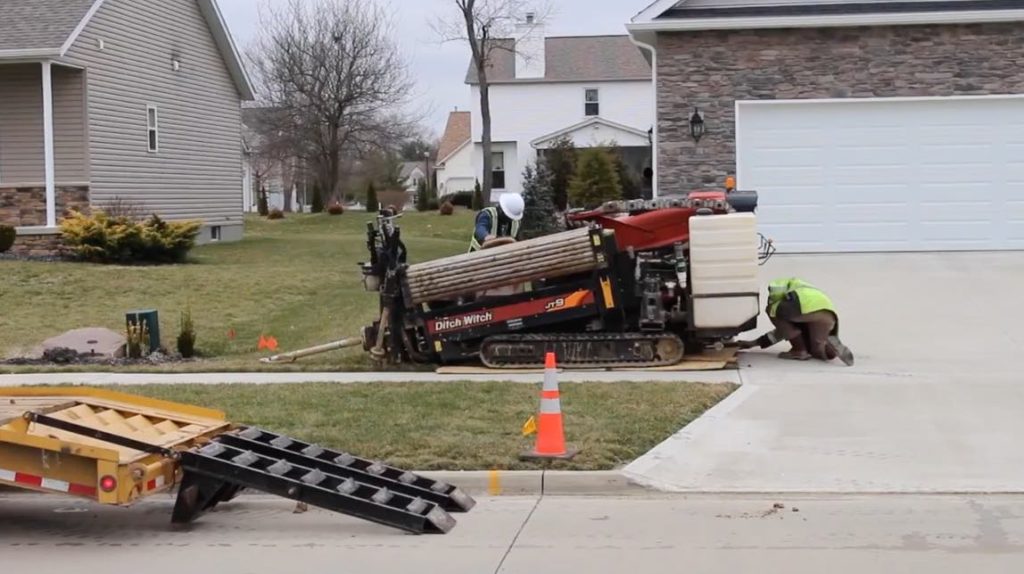
Fast Forward to Fiber
Fast forward to October 2021: communities in Medina County, Ohio celebrated the launch of last-mile operator Medina Fiber with a ribbon cutting and open house style meet and greet, welcoming the dawn of the county’s first fiber to the home offering to the 45,000 homes and businesses not yet served by the county’s middle mile network.
How did Snider go from starting his business to funding, building and connecting the first customers to their unique last mile network in under two years? It all comes down to that critical part of “The Process,” partnerships.
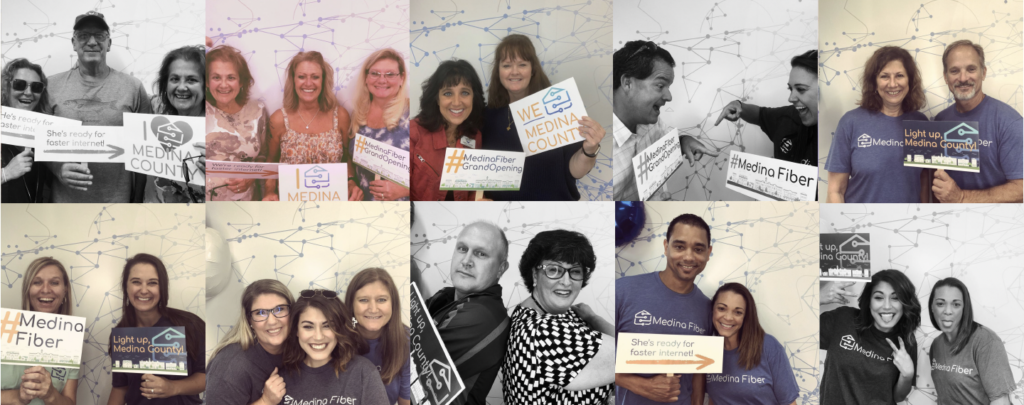
Bridging the Gap with Public-Private Partnerships
Back in 2013, the County of Medina completed the build out of a 151 mile, open access middle mile fiber network, which brought connectivity to large and midsize businesses throughout the county, but was not intended to provide last mile, to-the-home service.
Leveraging the existing backbone operated by the county was a critical first step in expanding connectivity. Snider embarked upon establishing a relationship with county officials, while his team endeavored to find a win/win model that would serve the community, benefit the County, and be in alignment with Lit Communities’ mission.
To bridge the gap between the network operator and the community, Lit established a new entity. Medina Fiber (not to be confused with the middle mile, Medina County Fiber Network) was created as the last mile provider to the homes and businesses in the county, with the goal of operating using an open access – or as the Lit team calls it, open application – business model.
In this model, the last mile operator Medina Fiber pays the County for access to dark fiber from access points located on the Medina County Fiber Network. From that access point, Medina Fiber will own and operate the last mile network for residents and small businesses. The network will also provide smart city applications for the municipalities throughout the County based on their local needs.
“Without partners, this type of project would not be possible,” Snider says. “The County never left our side and always believed in us. That partnership kept us focused and motivated, and watching it come to fruition is like a dream come true.”
"The development and execution of the P3 model is like trying to perform an orchestra with kids that just learned how to play music. However, if you work hard and stay dedicated, you can eventually be playing at Carnegie Hall"
Brian Snider, Lit Communities CEO Tweet
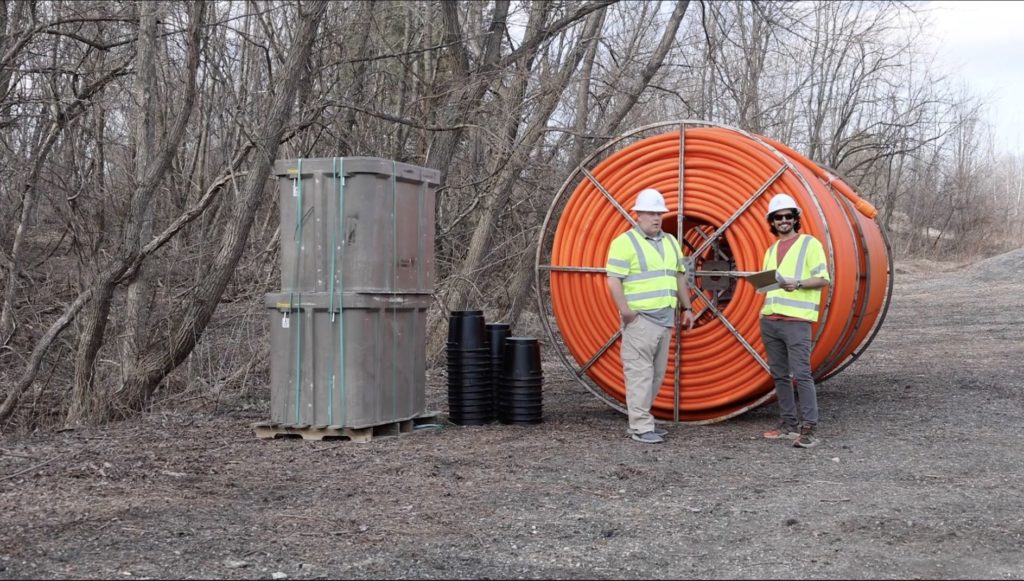
Managing PPP from Challenge to Opportunity
Establishing and managing public-private partnerships comes with its own set of challenges; state, local and county governments have their own benchmarks, relevant data sets and workflows that answer to the community. Meanwhile, private companies in the fiber space have to answer to a related, but different, set of requirements, from return on investment and profitability to daily customer satisfaction, product quality and as-built changes during construction.
“The development and execution of the P3 model is like trying to perform an orchestra with kids that just learned how to play music. However, if you work hard and stay dedicated, you can eventually be playing at Carnegie Hall.” Snider adds.
Creating the Right Software Partnerships
The industry experience behind Lit Communities’ senior leadership team put the company ahead of the game when seeking the right solutions to unify disparate entities across a single project. Snider approached software with the same win/win mindset, and cites the resulting partnership with VETRO as playing a significant role in the launch of Medina Fiber.
Snider researched how the VETRO FiberMap platform could enable these critical relationships, and brought his plan to VETRO’s solutions team. Together, VETRO and Lit established a scalable, repeatable packaging solution that allows Lit to plan and design networks. Lit then applied for funding opportunities using the maps and reporting generated by the platform to provide proof of concept for the stakeholders in a project.
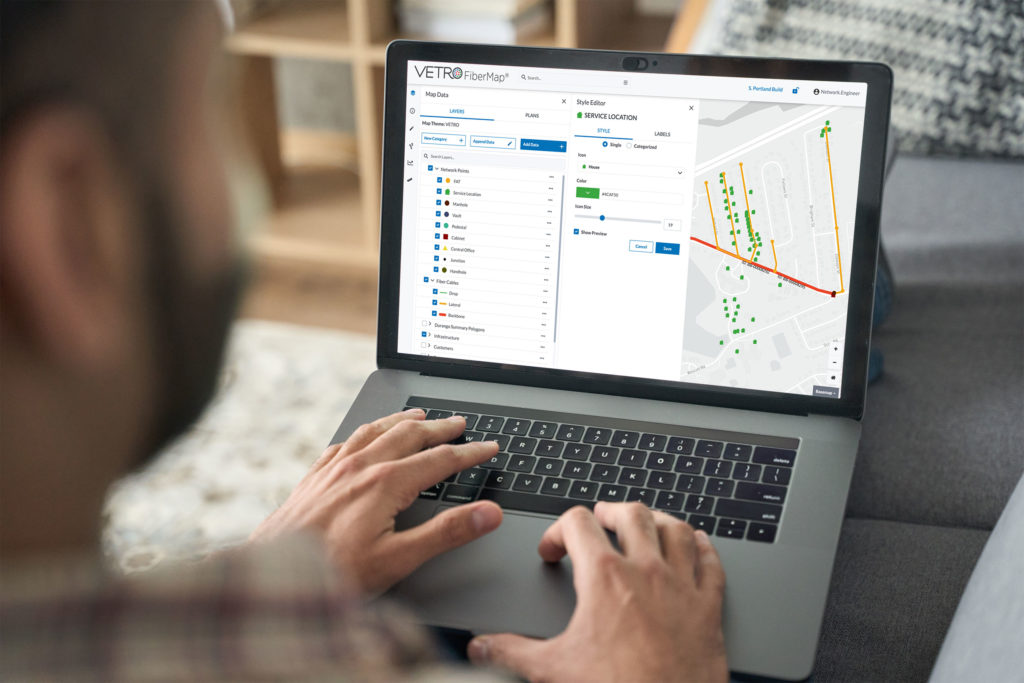
Connecting Broadband Data with Careful Execution
Here’s how the model translates from plan to build: once a project is funded, work on the network can begin immediately, right in the platform in which the plan and design was created. Once built, VETRO stays in the mix as the data hub for all of the engineering information that drives network performance; the network is managed and optimized in the platform, and uses APIs and connectors to centralize data from other systems, including OSS/BSS, CRMs, network monitoring, construction software and more.
In the early stages of the Medina Fiber project, the VETRO team sourced data sets as a starting point for the project from our data partner CostQuest Associates. VETRO’s Client Services Team worked to assist Lit Communities in ensuring the usability of the data, performing analysis, global edits like road centerlines, and then migration into VETRO FiberMap.
Creating a Platform of Record for Success
The Lit Communities team then used this data to create the plan and design for the Medina Fiber network in the VETRO FiberMap platform. Knowing that they would have to hand the plan and design off to their public partners in the project, Lit chose VETRO as both the functional platform and the real-time communication and collaboration hub through which to work with all of the involved parties.
By unifying the planning, design, building and operations into one platform, Lit Communities can achieve data consistency across organizations while saving time and expenses on reporting, data entry and even simple things like meetings and emails. By choosing an easy-to-use “hub” for the project, Lit Communities empowered every stakeholder to be self-service with any data or information they need to make decisions and keep the project moving forward.
“There are so many things that go on behind the scenes of deploying a fiber network, and without partners like VETRO, managing the complexity in a comprehensive way wouldn’t be possible,” says Snider. “When both parties believe in what they’re doing, the end result is success. With VETRO’s team we feel like we’re the same company working together seamlessly to make this happen.”
In February 2022, Lit Communities debuted this short documentary about their approach to bridging the digital divide – click to watch!
Refining the Future of Fiber
But beyond ensuring the success of individual projects, choosing the right tech partners allows Lit Communities to repeat and iterate on their process internally and, further, analyze their own operations data to optimize and continue to improve on their already effective standard procedures. VETRO FiberMap offers the ability for the Lit team to report across multiple projects, plans and designs, compare data, look for patterns or anomalies and continually improve on their production model.
And the proof is in the results: with Medina Fiber under their belt, Lit is replicating their success by managing those critical public-private partnerships and their data in VETRO for a number of other community networks, with more to come. With projects in Oldham County, KY, Monongalia, County, WV, York County, PA, Brownsville, TX and quite a few more, Lit is actively positioning itself to be the heart of community networks throughout the US.
Fiber? It's Always Feasible
One of Snider’s go-to phrases is, “it’s always feasible.” This means that not only can fiber certainly be built “to the everything,” but that any outdated arguments about whether fiber should be built to a certain area are, thankfully, moot. That coupled with the unprecedented amount of federal funding makes these critical community networks more feasible than ever. “We feel this public-private partnership model is what will help so many rural communities, especially with the funding now available,” says Snider.
Looking Forward to the Next Big Fiber Thing
Lit Communities sets an admirable example of what is possible when passion, commitment, the right tools and the right people come together with a common goal. At VETRO, we’re thrilled to congratulate the Lit team on the launch of Medina Fiber, and we can’t wait to watch Snider and his dedicated team light up communities across the country. Keep up with Lit’s journey on their web site, litcommunities.net, and visit Medina Fiber to see this game-changing project in action.
